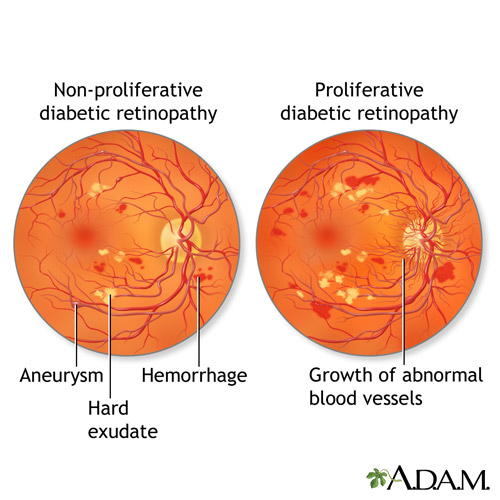People with diabetes have a significant risk of developing sight threatening complications and need to have regular eye examinations to detect early signs of diabetic retinopathy.
The longer a person has diabetes the higher the risk of the eyes being affected. The poorer the control of the diabetes, the higher the risk of ocular complications.
Diabetic retinopathy
In Diabetic retinopathy, Diabetes results in changes in blood flow to the retina and increases the permeability (or leakyness) of retinal blood vessels. This can result in damage to blood vessels, swelling of the retina, fluid leakage into the retina, retinal haemorrhages, growth of new blood vessels, and scar tissue formation. The complications from diabetic retinopathy can lead to vision loss and in the worst cases blindness.
How often should people with diabetes have an eye test?
The National Health & Medical Research Council’s guidelines state that everyone with diabetes needs to have an eye examination at least every two years. This eye examination must include the use of drops to dilate the pupils for a good view of the retina. These examinations are often performed by optometrists.
People who have had diabetes for a long time, people whose diabetes is not well controlled, people with high cholesterol and people with kidney problems need to have an eye examination every year.
If there are any signs at all of diabetic retinopathy then the frequency of eye examination will be higher. If there are certain signs then the optometrist will refer people with diabetes to an ophthalmologist.
You do not need a referral to consult an optometrist for a diabetic eye exam. At Somerville, diabetic eye exams are covered by Medicare.
For more inforamtion about Diabetes, please see Diabetes Australia.
